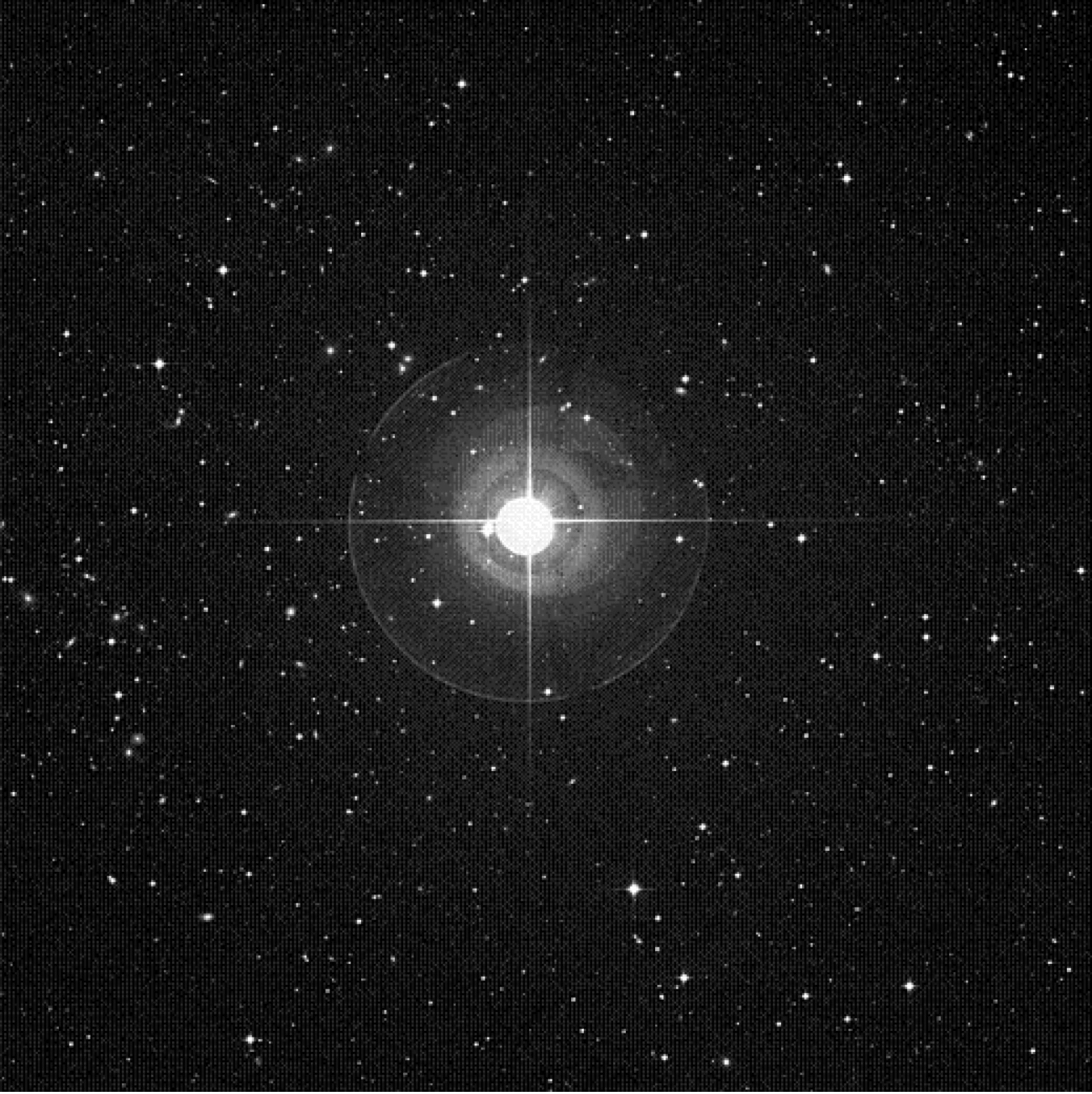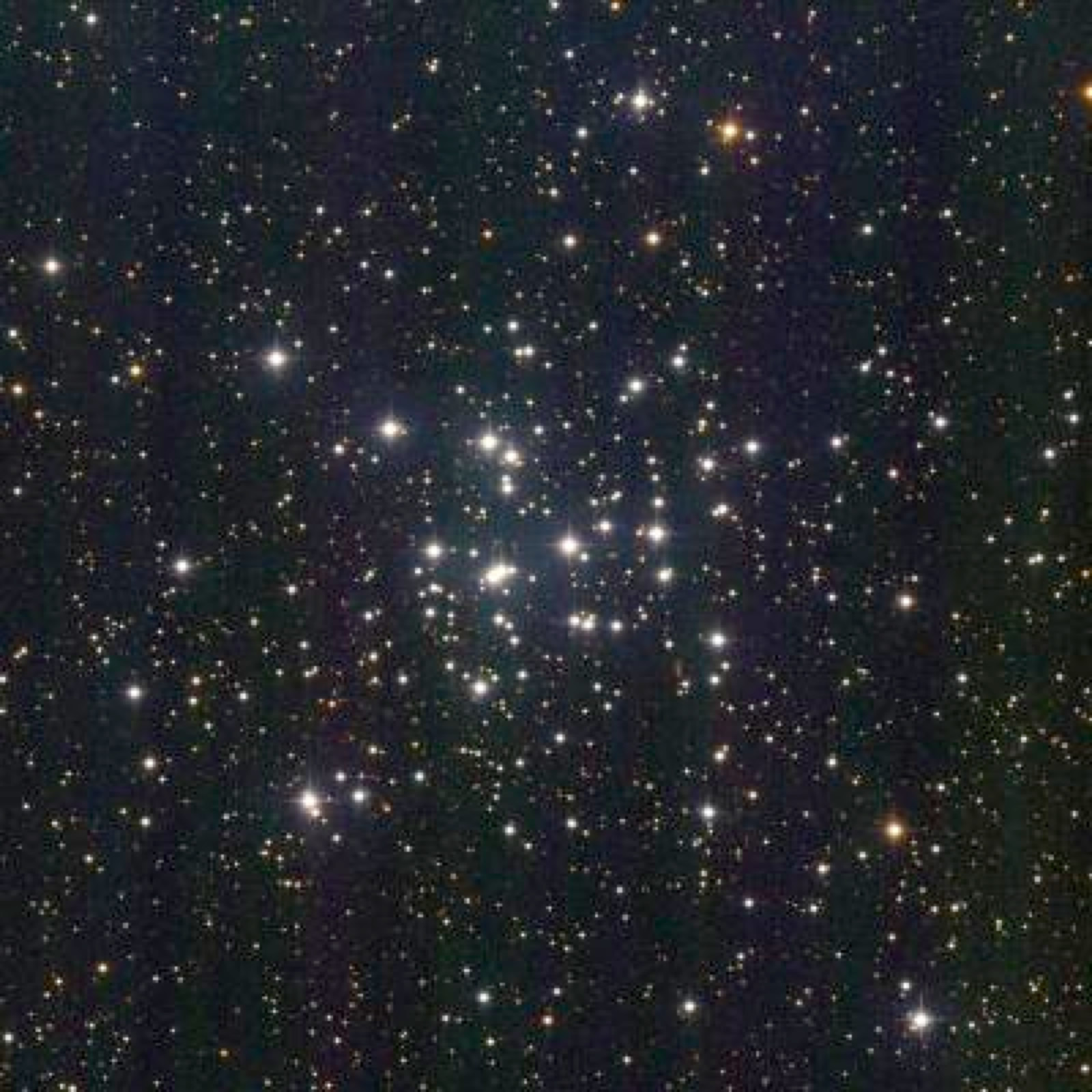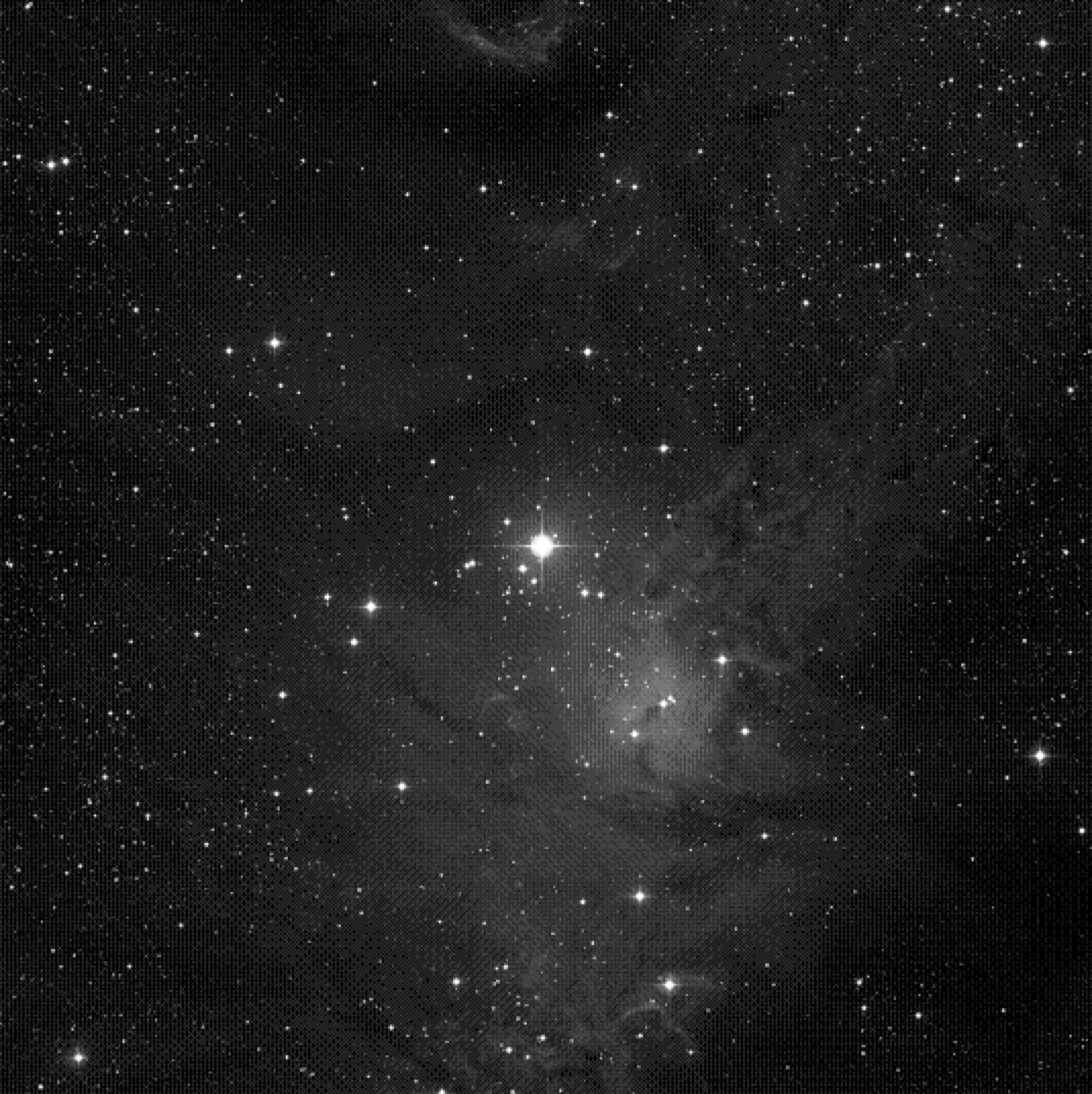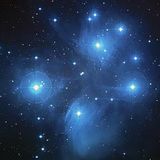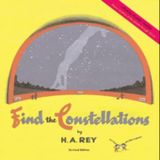
December 20 - 22, 2013: There's so much to see this weekend, from the Delta Arietid Meteor Shower, white dwarf of Omicron 2 Eridani, the conspicuous cluster M38, "Jewel Box" galactic cluster M36, open cluster M37 and the "Christmas Tree Cluster," NGC 2264
Friday, December 20 - Tonight is the peak of the Delta Arietid Meteor Shower. While most showers are best after midnight, this is an early evening shower that must be viewed before the radiant sets. The fall rate is modest, about 12 per hour. Let us know if you see any!
Today marks the founding of Mt. Wilson Solar Observatory. It officially opened its doors in 1904. We also celebrate the birth of Walter S. Adams on this date. Born in 1876, Adams was the astronomer at Mt. Wilson who revealed the nature of Sirius B, the first known white dwarf star. Sirius B was first seen by Alvan Clark in 1862 and most recently, the Hubble Space Telescope precisely measured the mass of B for the first time. While Sirius is far too low at an early hour to study its white dwarf, we can have a look at a similar star when we view Omicron 2 Eridani located roughly a handspan west of Rigel. As the southernmost of the Omicron pair, it is sometimes known as 40 Eridani, and you'll find it to be an interesting multiple star system that's very worthy of your time.
Discovered by William Herschel in 1783, this 16 light-year distant system is the eighth nearest of the unaided visible stars. Well spaced from the primary, the companion star is also a double for high powers and will reveal a red dwarf discovered by Otto Struve. Now, look closely at the 9th magnitude B star. This is the only white dwarf that can be considered "easy" for the backyard telescope. Its diameter is only about twice the size of Earth and its mass is about that of our Sun. Power up and locate the 11th magnitude companion...for it's one of the least massive stars known! This white dwarf may be the smallest stellar object visible in an amateur telescope - it would be like spotting a tennis ball on the Moon!
Saturday, December 21 - Today is the universal date of the 2013 Winter Solstice - for the northern hemisphere, the shortest day and the longest night of the year - and the point when the Sun is furthest south. Now is a wonderful time to demonstrate to yourself our own movements by choosing a "solstice marker." Anything from a fence post to a stick in the ground will suffice! Simply measure the shadow when the Sun reaches the zenith and repeat your experiment in the weeks ahead and watch as the shadow grows shorter and the days grow longer!
Tonight we're going to enjoy some studies in Auriga. Looking roughly like a pentagon in shape, start by identifying the brightest of these stars - Capella. Due south of it is the second brightest star, El Nath. By aiming binoculars at El Nath, go north about one-third the distance between the two and enjoy all the stars!
You will note two very conspicuous clusters of stars in this area, and so did Le Gentil in 1749. Binoculars will reveal the pair in the same field, as will telescopes using lowest power. The dimmest of these is M38 (Right Ascension: 5:28.7 - Declination: +35:50), and it will appear vaguely cruciform in shape. At roughly 4200 light-years away, larger aperture will be needed to resolve the 100 or so fainter members. About two and a half degrees to the southeast you will see the much brighter M36 (Right Ascension: 5:36.1 - Declination: +34:08). More easily resolved in binoculars and small scopes, this "jewel box" galactic cluster is quite young - and about 100 light-years closer!
Now, set your sights about halfway between Theta Aurigae and El Nath. Our study object will be the open cluster M37 (Right Ascension: 5:52.4 - Declination: +32:33). Apparently discovered by Messier himself in 1764, this galactic cluster will appear almost nebula-like to binoculars and very small telescopes - but comes to perfect resolution with larger instruments. At around 4700 light-years away, and spanning a massive 25 light-years, M37 is often billed as the finest of the three Aurigan open clusters for bigger scopes. Offering beautiful resolvability, this one contains around 150 members down to magnitude 12, and has a total population in excess of 500.
What makes it unique? As you view, you will note the presence of several red giants. For the most part, open clusters are comprised of stars that are all about the same age, but the brightest star in M37 appears orange in color and not blue! So what exactly is going on in here? Apparently some of these big, bright stars have evolved much faster - consuming their fuel at an incredible rate. Other stars in this cluster are still quite young on a cosmic scale, yet they all left the "nursery" at the same time! In theory, this allows us to judge the relative age of open clusters. For example, M36 is around 30 million years old and M38 about 40, but the presence of the red giants in M37 puts its estimated age at 150 million years! Just awesome.
Sunday, December 22 - Up early? Fantastic! In the predawn hours of this morning, I have a treat for you - the Ursid meteor shower! Cruising around the Sun about every thirteen and a half years, Comet 8P/Tuttle sheds a little skin. Although it never passes inside of Earth's orbit, some six years later we pass through its debris stream. Not so unusual? Then think again, because it takes as much as six centuries before the meteoroid trail is affected enough by Jupiter's gravitation to deflect the stream into our atmosphere. With little interference from the Moon while watching this circumpolar meteor shower, the hours before dawn could see activity of up to 12 per hour. By keeping watch on the constellation of Ursa Major, you just might spot one of these slow moving, 600 year old travelers that make their path only halfway between us and Selene!
In keeping with the season, tonight's astronomical object is a celebration of both starlight and asterism. Located 10 degrees east of Betelgeuse (RA 06 41 00.00 Dec +09 53 -0.0), NGC 2264 will be a challenging object. Also known as the "Christmas Tree Cluster," this bright asterism of approximately 20 bright stars and over 100 fainter ones is embroiled in a faint nebula that will be lost to visual observations, leaving only the delightful Christmas tree shape adorned with stars.
The very brightest of these stars, S Monocerotis, is 5th magnitude and will show clearly in the finderscope, and will be seen as a double at magnification. Steady skies will reveal that the "star" at the top of our "tree" is also a visual double. Many of the stars will also appear to have companions, as well as tints of silver as gold. The visual effect of this splendid open cluster is well worth the challenge it presents. Happy Holidays!
About Tammy Plotner - Tammy is a professional astronomy author, President Emeritus of Warren Rupp Observatory and retired Astronomical League Executive Secretary. She's received a vast number of astronomy achievement and observing awards, including the Great Lakes Astronomy Achievement Award, RG Wright Service Award and the first woman astronomer to achieve Comet Hunter's Gold Status.


